Montenegro year 2010 stamps Art in centuries full set MNH
Montenegro, with its rich cultural heritage and diverse history, has produced a wealth of art across the centuries. Here’s a brief overview of art in Montenegro through different historical periods:
- Medieval Period (9th–15th centuries): Montenegro’s medieval art was heavily influenced by Byzantine and Slavic traditions. Monasteries and churches, such as the Ostrog Monastery and the Moraca Monastery, are notable for their frescoes and icons, which depict religious themes and saints in a distinctive Byzantine style.
- Ottoman Rule (15th–19th centuries): During the Ottoman period, Montenegro experienced significant cultural and artistic influences from the Islamic world. Ottoman architecture, characterized by domed mosques and ornate minarets, left its mark on Montenegrin cities and towns, particularly in regions such as Podgorica and Ulcinj.
- Baroque and Rococo (17th–18th centuries): In coastal towns like Kotor and Perast, the influence of Venetian and Austrian rule led to the development of Baroque and Rococo architecture and art. Churches and palaces were adorned with elaborate facades, sculptures, and frescoes, reflecting the wealth and artistic sophistication of the time.
- 19th Century National Revival: The 19th century saw a resurgence of Montenegrin national identity and cultural pride, fueled by resistance to Ottoman rule and aspirations for independence. This period saw the emergence of literature, poetry, and visual arts that celebrated Montenegro’s history, folklore, and heroes.
- Modern and Contemporary Art: In the 20th and 21st centuries, Montenegro’s art scene has continued to evolve and diversify, with artists exploring a wide range of styles and mediums. Modern art galleries, museums, and cultural institutions, such as the Modern Gallery in Podgorica and the Maritime Museum in Kotor, showcase the country’s artistic heritage and contemporary creativity.
Throughout its history, Montenegrin art has been shaped by a blend of influences from neighboring regions and cultures, as well as by the country’s own unique traditions and identity. From medieval frescoes to contemporary installations, Montenegro’s art reflects the country’s rich cultural tapestry and enduring creative spirit.


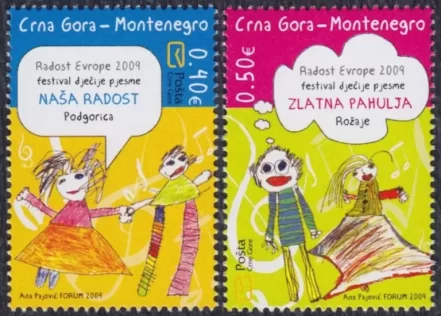
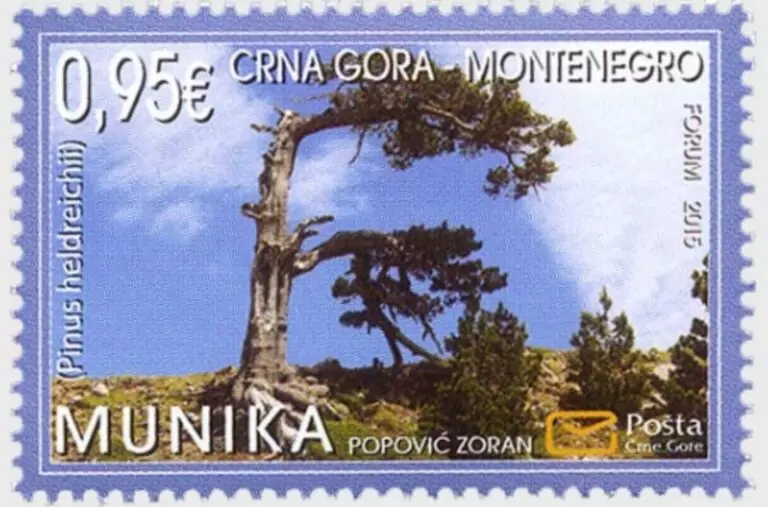
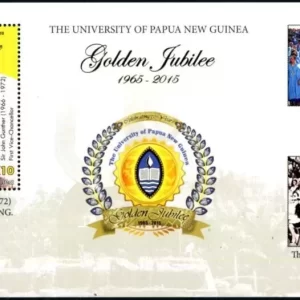
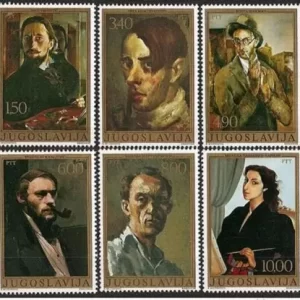
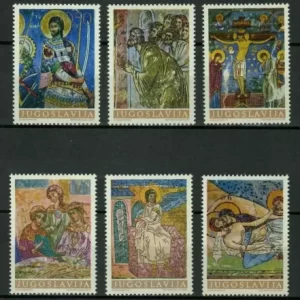
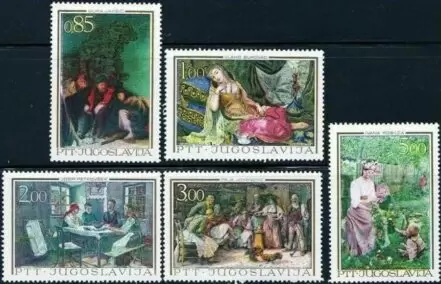
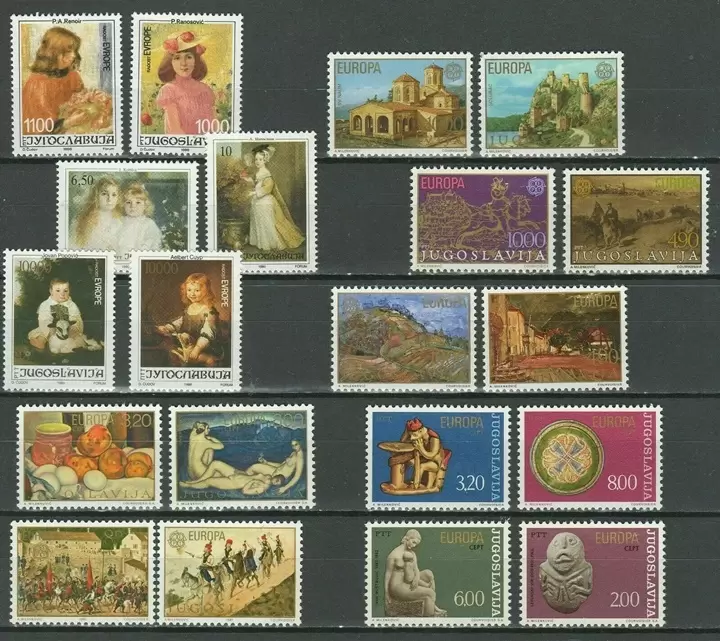


Reviews
There are no reviews yet.